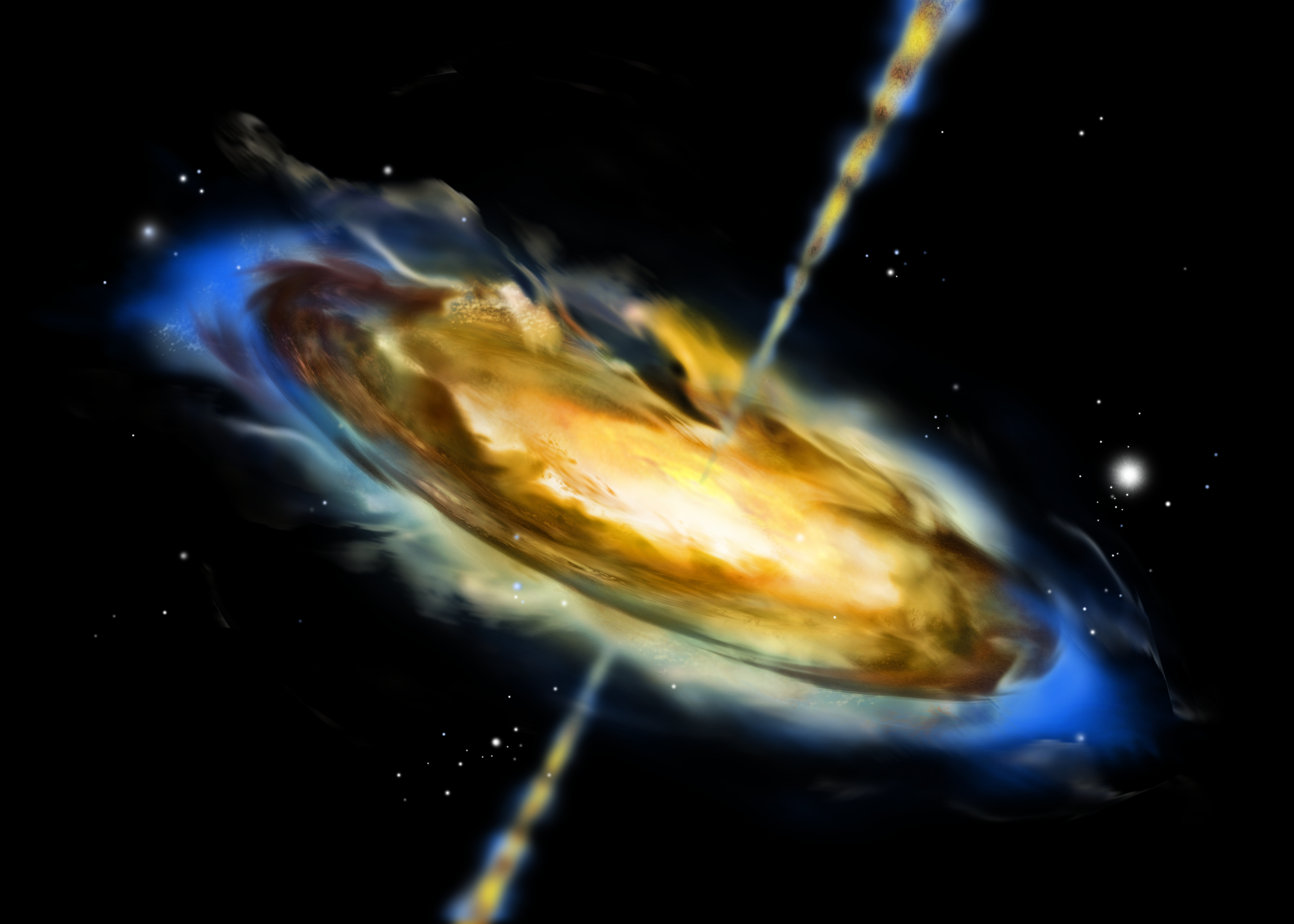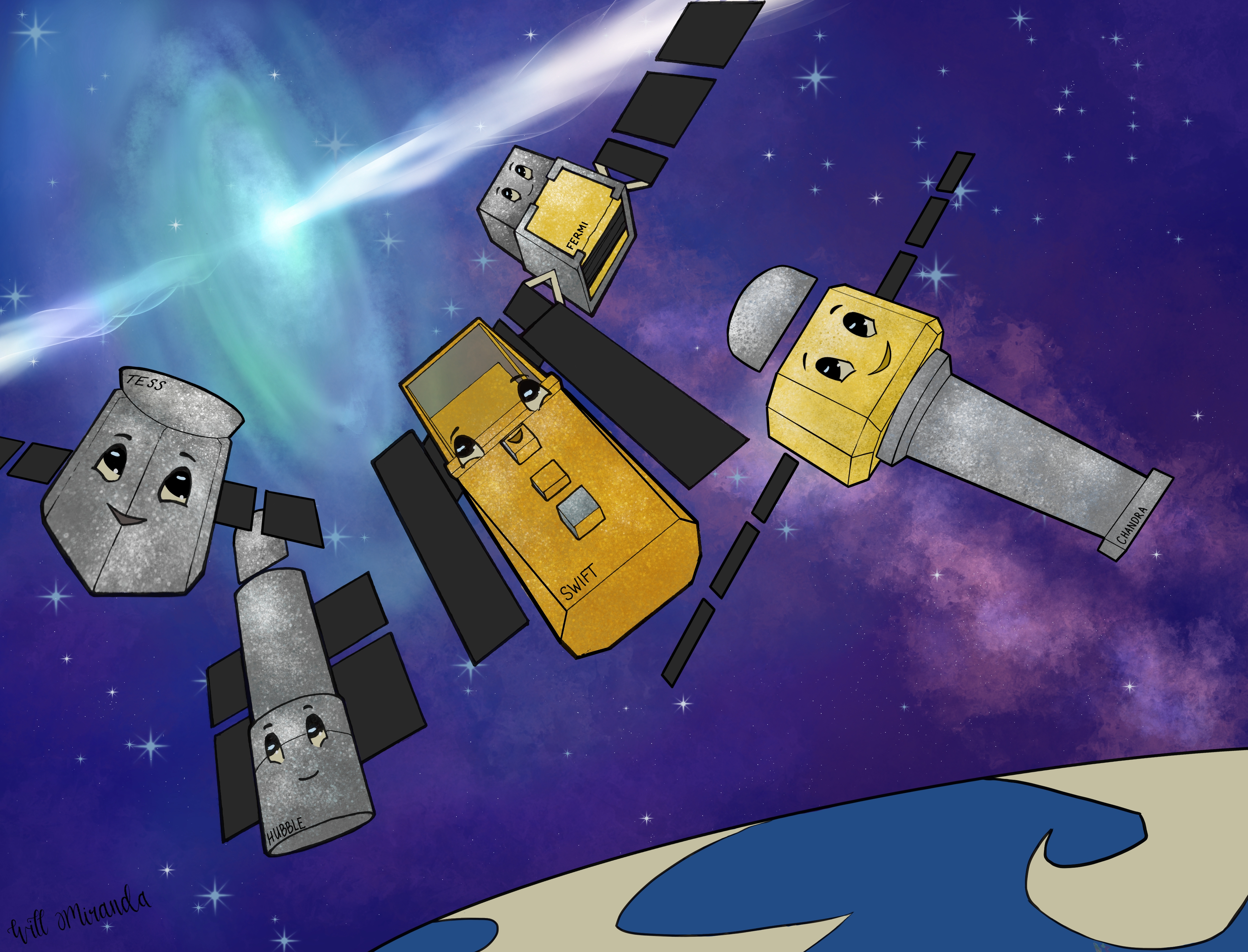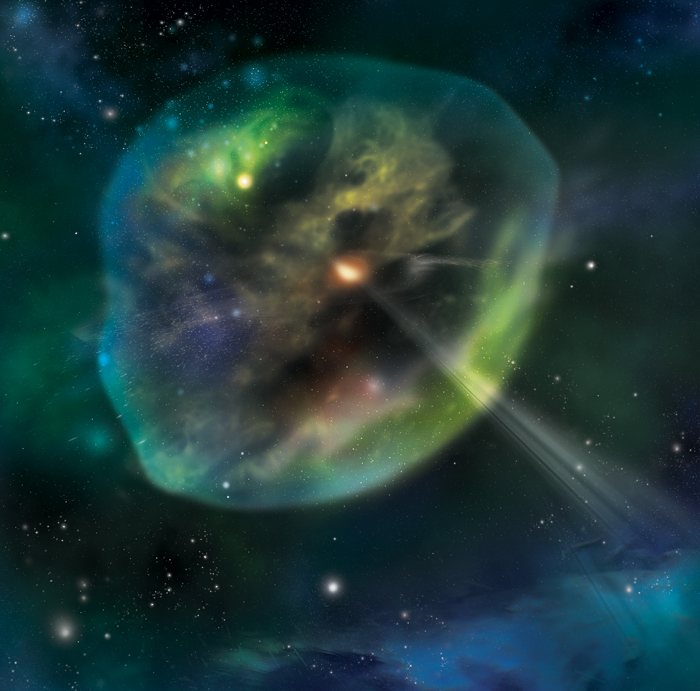Celebrating 20 Years of Swift!
Each month through March 2025, the Swift team will be unveiling new content on this website, so please check back regularly. We begin with an Introduction to Swift.

Photo Credit: NASA/Swift/A. Beardmore (University of Leicester)
Battle of the Bursts!
Welcome to Battle of the Bursts! Sixteen explosive cosmic events enter... but only one can win. Over the next week, fill in our bracket, pick your faves, and see which is crowned the champion. Who do you think will win?

Photo Credit: Aurore Simonnet
November: Intro To Swift
November 2024 kicks off a multi-month celebration of the amazing science, operations, and mission that made the Neil Gehrels Swift Observatory a unique part of the NASA fleet. Launched in 2004, Swift has been scanning the sky catching gamma-ray bursts, the most energetic events in the universe. Join us in subsequent months where we'll highlight the science of gamma-ray bursts, how Swift works with its other observatory friends, how Swift has changed astronomy, and what kinds of exciting science we'll look forward to in the future.

Photo Credit: Aurore Simonnet
December: Gamma Ray Bursts
Swift is the unparalleled cosmic first responder, catching gamma-ray bursts on the fly and revealing their secrets. Studying these explosions, the most luminous events in the universe, have transformed our understanding of stellar deaths, black hole births, and the dynamic universe. Join us this month as we honor Swift's enduring legacy of discovery and its trailblazing contributions to high-energy astrophysics.

Photo Credit: NASA/N3/Willow Miranda
January: Swift and Friends
Swift observes radiation from a wide range of astronomical objects, from stellar-mass black holes to supermassive black holes, stars, dwarfs, and exoplanets. It supports over 20 ground- and space-based observatories, delivering X-ray observations almost immediately after a request is made. Swift anticipates needs by acting proactively, delivering time-sensitive observations even before formal requests are made.

Photo Credit: Aurore Simonnet
February: Changing Time Domain Landscape
In the two decades since Swift was launched, a lot has changed - both in how Swift operates, and in astronomy in general. A major advancement is the use of "Multi-messenger astronomy", where gravitational waves and neutrinos, combined with observations of gamma-rays, X-rays, ultra-violet and optical light from Swift, help us to look at the Universe from a completely different perspective.

Photo Credit: Aurore Simonnet
March: The Future
Swift is actively looking toward the future by establishing new collaborations with upcoming time-domain and multi-messenger astronomy facilities, while also developing an enhanced set of capabilities. Swift's reaction time to newly discovered sources is now faster than ever, as it can repoint to a target within minutes of receiving an automated alert. Once on target, it immediately begins multi-wavelength observations using its three onboard telescopes. This fast response, in synergy with future gravitational wave detectors like Cosmic Explorer, Einstein Telescope, and LISA as well as upgraded neutrino detectors like IceCube, will be crucial for revealing the nature of the most energetic phenomena in the universe, such as massive star explosions, neutron star mergers, and supermassive black holes in active galaxies. Swift will also play a key role in providing rapid multi-wavelength follow-up of new transient sources discovered by future wide-field survey facilities. These include the Vera C. Rubin Observatory, the Nancy Grace Roman Space Telescope, ULTRASAT, and UVEX. Some of these discoveries will represent entirely new classes of astrophysical sources, and Swift will be there to understand these never before studied phenomena.